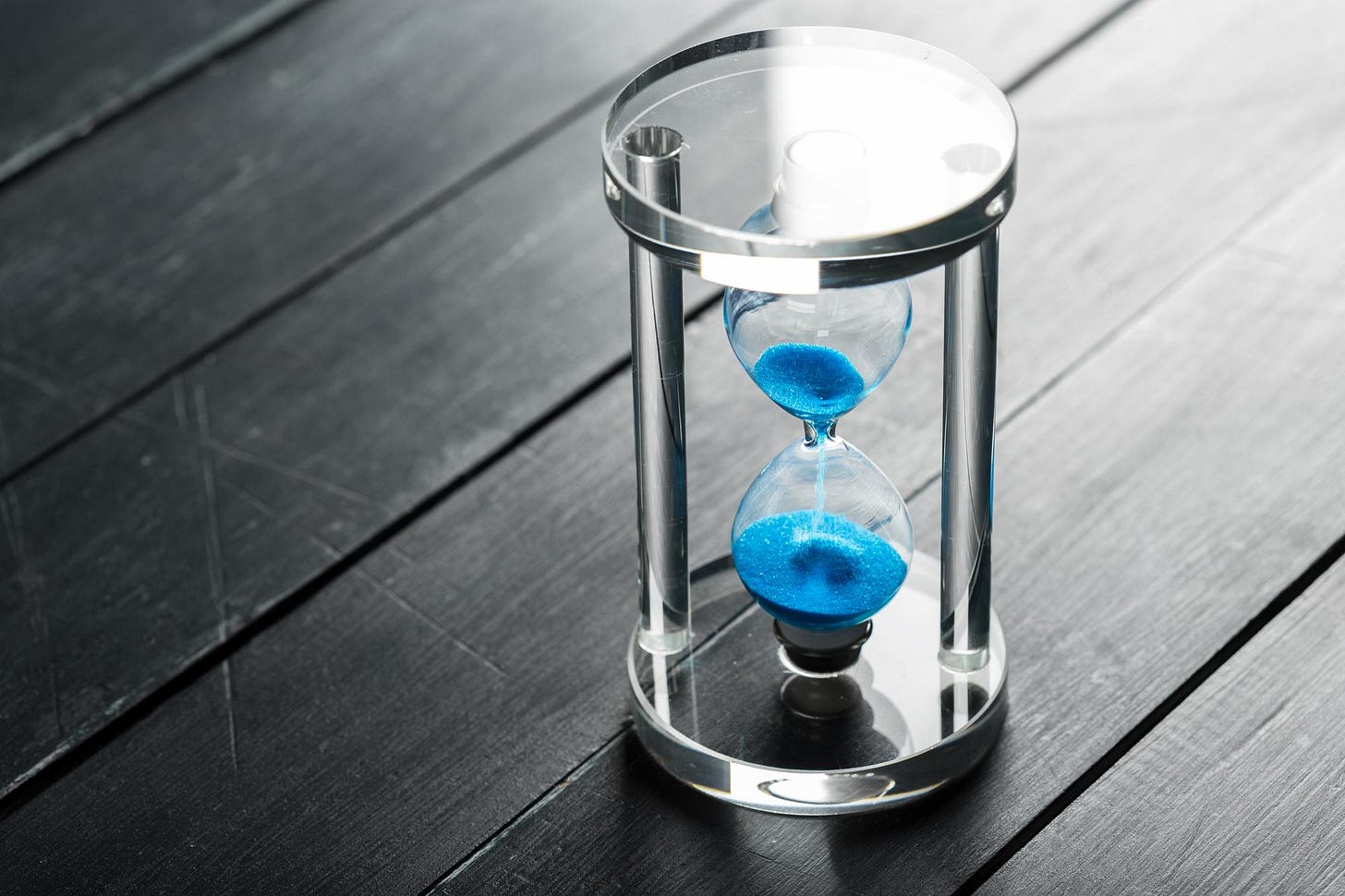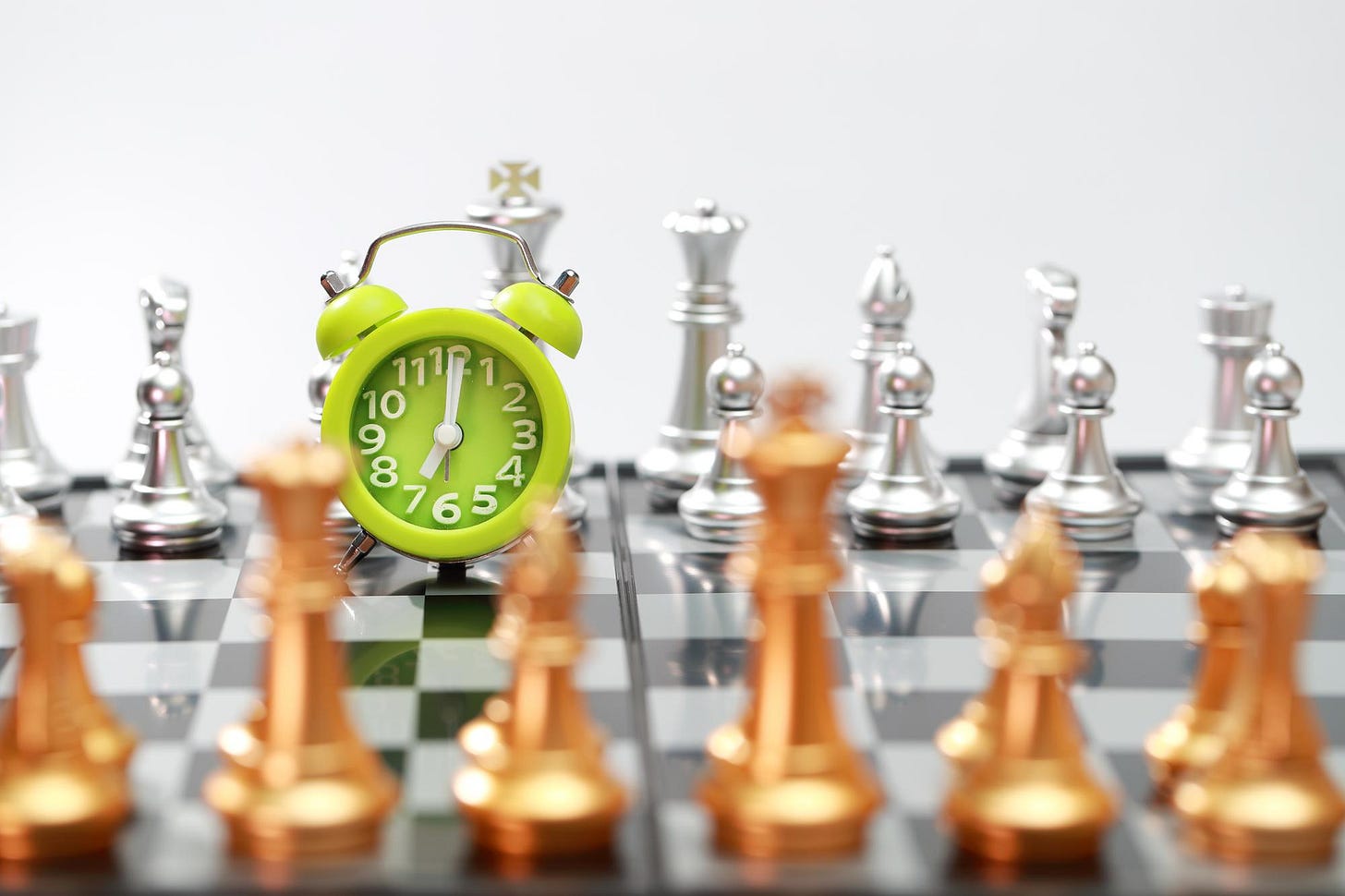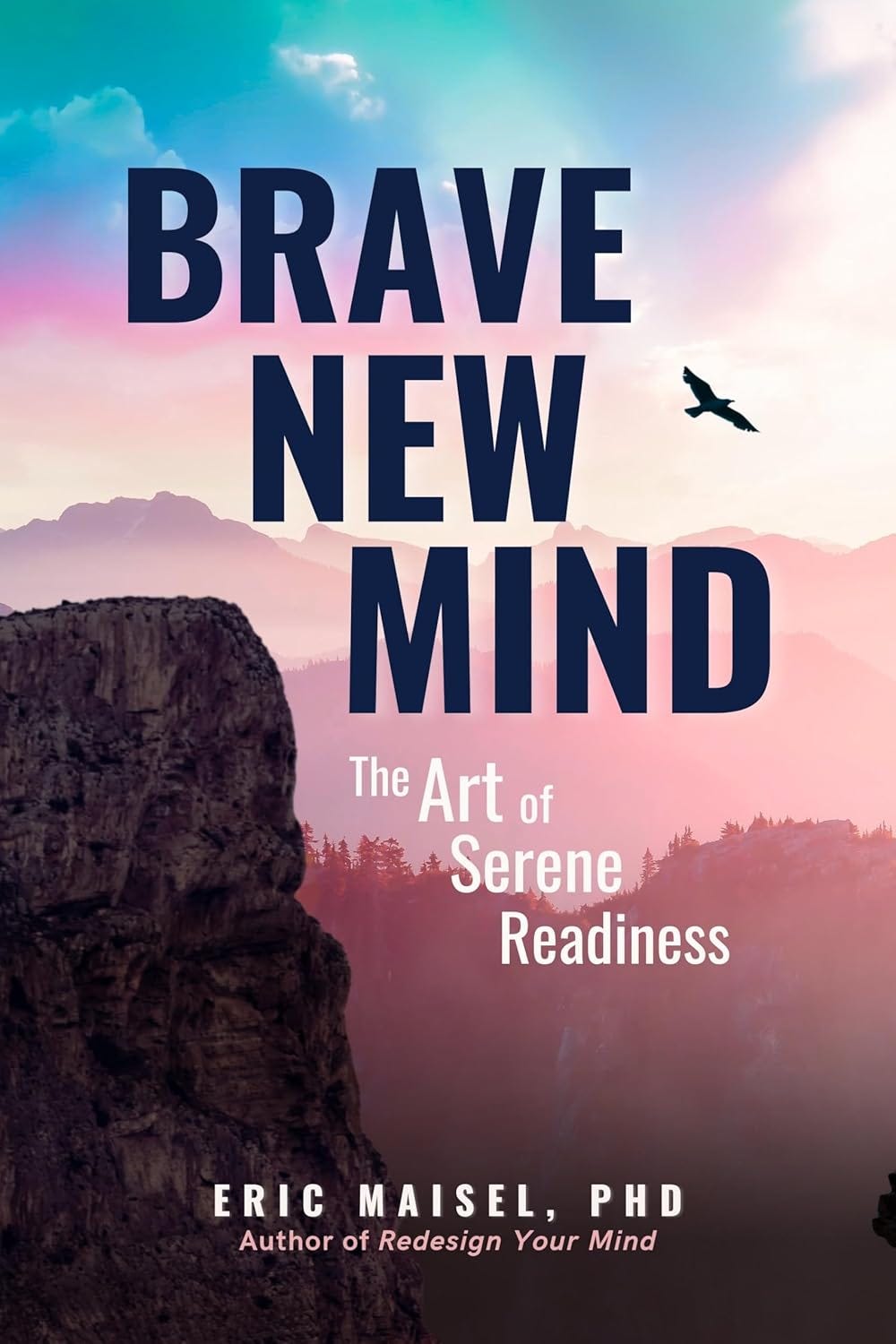From Impulse to Insight: The Art of Strategic Waiting
How I learned to transform anxiety into agency through the wisdom of conscious non-action
As recently as a year ago, I would have been frantically checking my email every hour, crafting follow-up messages to agents who hadn't responded to my queries, and spiraling into worst-case scenarios about my publishing future. Today, I understand that my greatest creative breakthrough this year wasn't finishing another manuscript or landing an agent—it was discovering the profound difference between passive, inactive waiting, and strategic patience.
It is a strategy because when we let go of our attachment to the delivery date of results, we open up a tremendous space for the Universe to bring opportunities to us in its own time. And we must always remember that the Universe measures time in epochs (and thankfully not in geological supereons), not minutes or hours.
The Impulsive Years
For most of my adult life, I operated from a place of reactive urgency. If someone didn't respond to an email within 48 hours, I assumed the worst. If an opportunity presented itself, I felt compelled to say yes immediately, often without proper consideration. This hypervigilance served me well in certain environments—restaurants, crisis management, emergency situations—but it became a liability in creative work that requires natural timing and organic development.
Life experience made me excellent at managing external chaos, but I was terrible at managing my own internal anxiety about outcomes beyond my control. Every silence felt like rejection. Every delay seemed like evidence of failure. I was caught in an exhausting cycle of forcing outcomes and then feeling defeated when the universe operated on its own timeline.
The Waiting Period
This summer changed everything. Beginning in July, I found myself in multiple situations requiring patience: agent queries for my novel submissions, negotiations about my role in the International Association of Creative and Performing Artists, responses to various collaborative proposals, and other business items that I was awaiting responses on. For the first time in my career, I was juggling numerous important events simultaneously—and absolutely no control over when or where they might land.
Initially, this triggered every anxiety pattern I'd ever developed. But something different happened this time. Instead of panicking or pushing, I found myself observing my own reactions with curiosity rather than judgment. What was this desperate urgency really about? Why did I feel responsible for managing other people's timelines? And why was perceived chaos so difficult for me to understand?
The questions led to a revelation: I had been confusing activity with productivity, motion with progress. My impulsiveness wasn't helping my career—it was undermining it.
The Philosophy Behind Strategic Patience
Three concepts converged to create my new framework for navigating professional uncertainty:
Oubaitori - A Japanese word that captures the essence of letting individuals embrace their unique journey and growth without interference or comparison. Unlike the Western phrase "live and let live," which can feel passive or resigned, Oubaitori suggests active respect for natural timing and individual rhythms.
Strategic Waiting - The deliberate practice of using waiting periods productively rather than simply enduring them. This isn't passive patience but conscious non-action combined with purposeful preparation.
"Let It Be" - Not the passive resignation this phrase sometimes implies, but what I now understand as the spiritual discipline of trusting processes beyond our immediate control while maintaining responsibility for our own actions and responses. This practice also aligns with “Trust Your Process/Trust the Process” thinking.
Practical Applications
This framework transformed how I approach every aspect of my creative career:
With Agent Queries: Instead of anxiously checking email or crafting premature follow-ups, I submit professionally and then redirect that nervous energy into writing the next book. Silence doesn't mean rejection—it means the process is unfolding in its own timeline.
With Collaborative Opportunities: Rather than saying yes immediately to every invitation or panicking when responses are delayed, I allow time for proper consideration. Some opportunities that seemed urgent proved to be misaligned when examined with patience.
With Creative Projects: I've learned to trust when a story is ready to be written versus when it needs more development time. My novel manuscripts now emerge from genuine creative readiness rather than artificial deadlines.
Concrete Success with Strategic Waiting
My most concrete success with strategic waiting came through an unexpected bureaucratic process. After waiting over a year on an application list, I received a callback on a Wednesday with a Monday deadline for document submission. Because I had practiced patience throughout the waiting period—neither badgering the agency nor assuming I'd been forgotten—I was prepared to respond immediately when the opportunity arose.
The result: approval and a significant outcome that directly supports my creative work. This experience proved that strategic waiting often positions us to act decisively when timing aligns perfectly with preparation.
The Transformation
The shift from impulse to insight hasn't eliminated my natural urgency—it's channeled it more effectively. I still respond quickly when action serves the situation, but I no longer mistake anxiety for intuition or confuse motion with progress.
My Capricorn Rising still makes me naturally responsible and crisis-ready, but I've learned to distinguish between situations that require my immediate intervention and those that benefit from conscious non-action. The bar dream I had recently reminded me that sometimes the most protective thing we can do is remove ourselves from chaotic situations rather than trying to manage them.
The Creative Benefits
This transformation has enhanced rather than hindered my creative output. By releasing attachment to specific timelines and outcomes, I've created space for:
Deeper creative development: Projects emerge when they're genuinely ready rather than when I'm anxious to prove productivity.
Better professional relationships: I maintain consistent communication without pressuring others to operate on my timeline.
Reduced creative anxiety: Energy previously spent managing uncertainty now flows into actual creative work.
Authentic decision-making: I choose opportunities based on genuine alignment rather than fear of missing out.
The Ongoing Practice
Strategic waiting isn't a destination but a daily practice. Each morning, I ask myself: "What requires action today, and what benefits from conscious non-action?" This simple question has prevented countless impulsive decisions that would have compromised my long-term creative vision.
The Beatles sang "Let it be" during their most tumultuous period, creating transcendent music while their external world fell apart. They discovered what I'm learning: sometimes the most powerful creative action is conscious non-action, allowing deeper forces to work while we focus on what we can actually control.
As I write this, multiple queries remain unanswered, several collaborative discussions continue developing, and various projects exist in different stages of completion. Three months ago, this uncertainty would have paralyzed me. Today, it feels like the natural rhythm of a creative life lived with both ambition and wisdom.
The universe operates on cosmic timing, not human anxiety. My job is to plant seeds through excellent work and authentic expression, then practice the profound discipline of letting them grow in their own season. This isn't passive resignation—it's active trust in the process that transforms both the work and the worker.
Strategic waiting has taught me that maturity isn't about getting what we want faster—it's about becoming the kind of person who can handle what we want when it arrives.
COMING SOON FROM DR. ERIC MAISEL, creativity expert and psychology specialist!





